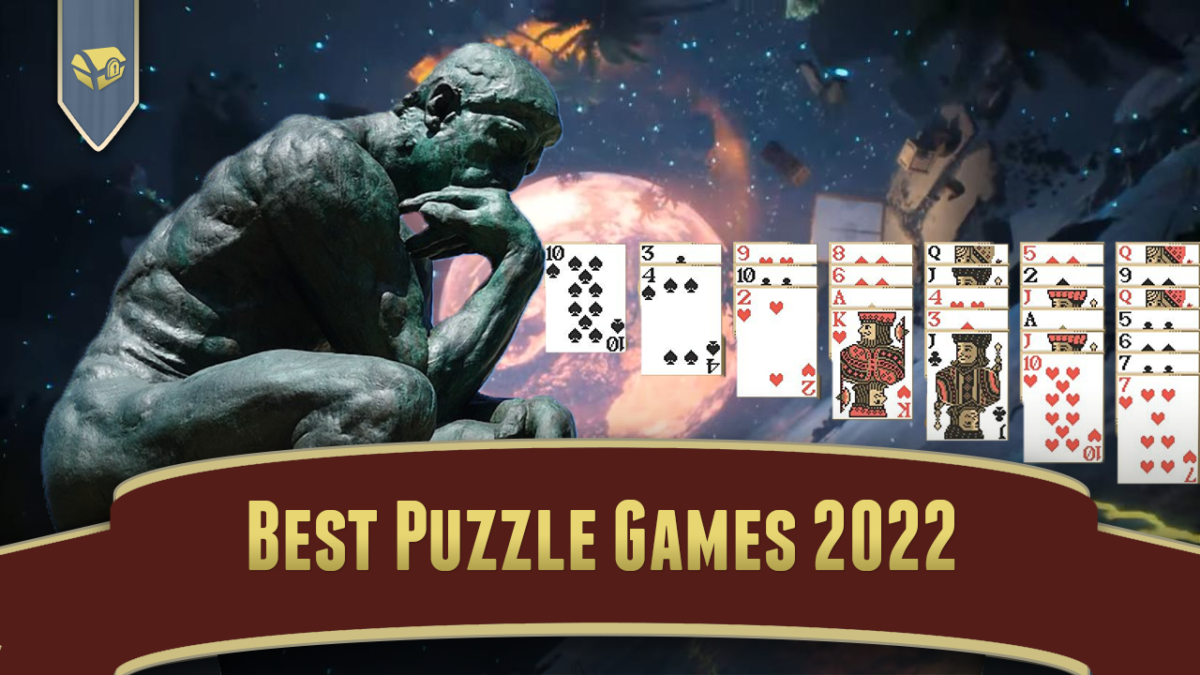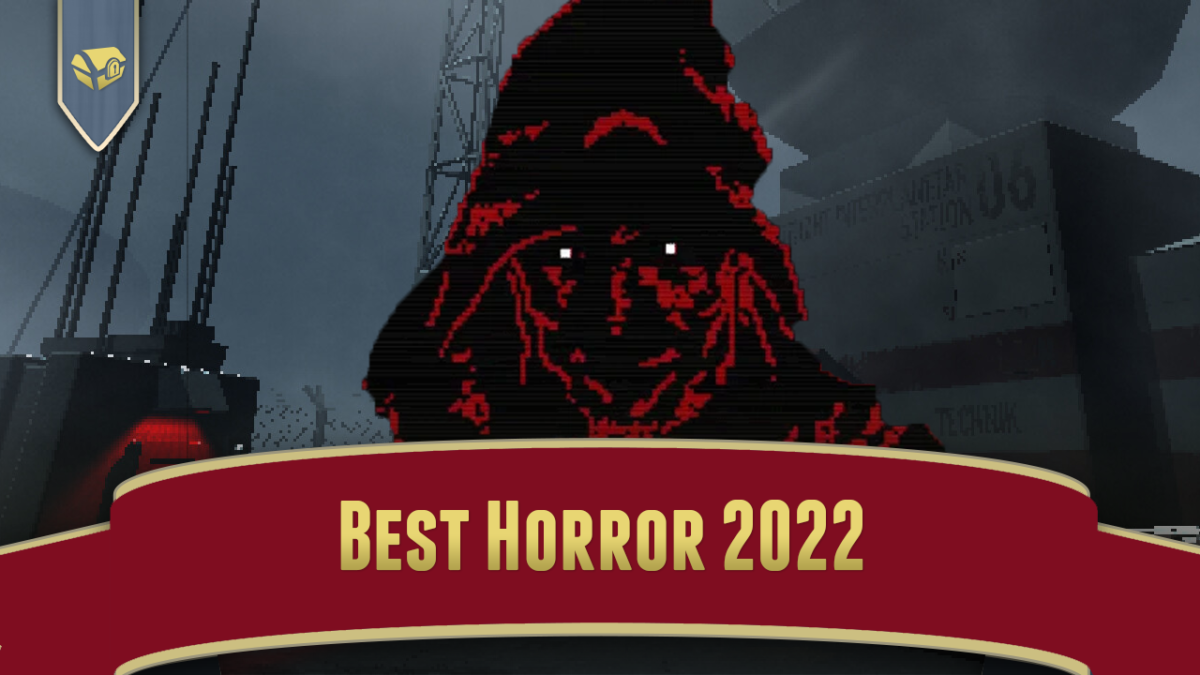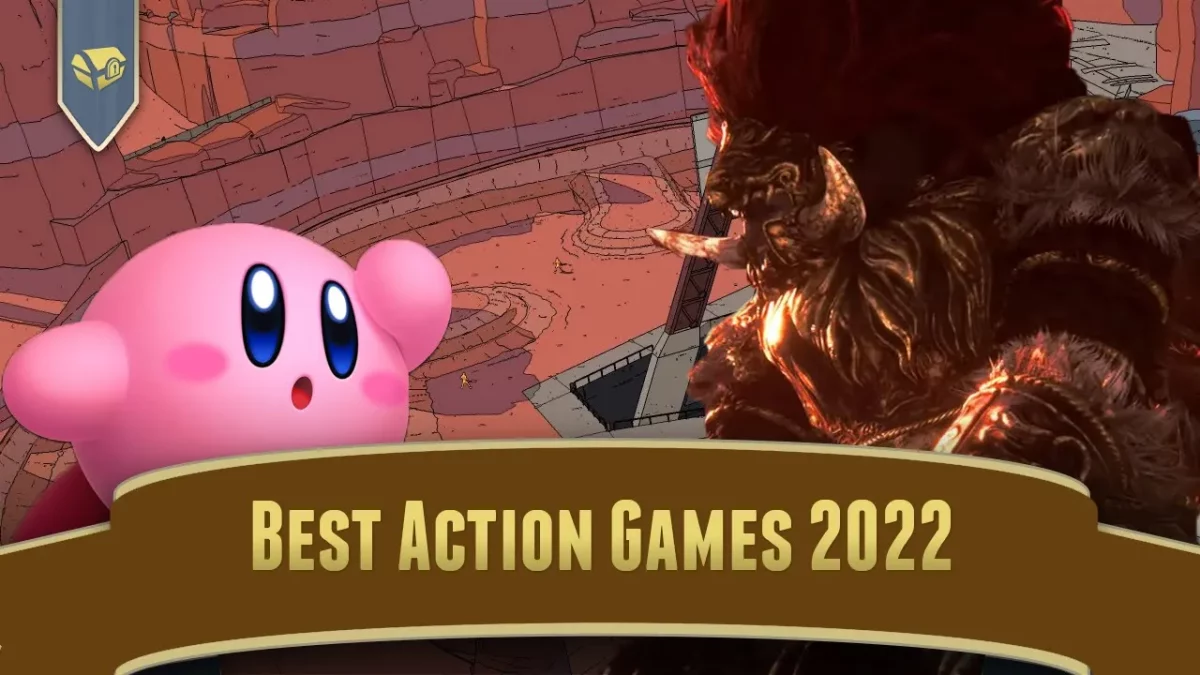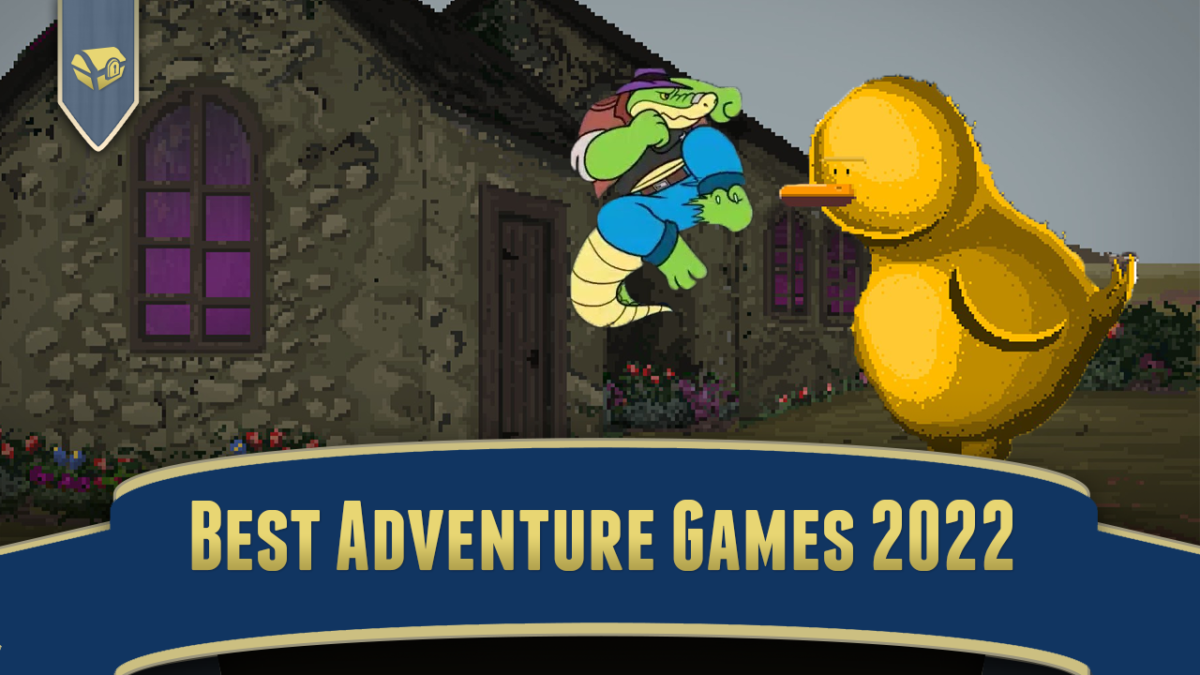Found by MollyRealized over on Metafilter! It’s pretty much as the title says:
Tag: youtube
A Non-Invasive Gameboy HDMI Adaptor
This one’s crazy. The Gameboy does not have external video output. In order to get its display to appear on a screen other than its built in LCD dox matrix, you absolutely have to at least crack open the case. Don’t you?
Well, actually, yes, if you always want a perfect image. Sebastian Staacks (an awesome name) figured out a way to do it that mostly works. It’s a cartridge that goes into the Gameboy, that itself has a slot into which you plug the cartridge that you wish to play. Simple, right?
No, no, wait. There’s a problem. The Gameboy doesn’t expose its video through the cartridge port. There is no pin leading out providing a video signal that can be converted for display. There’s no way this could work!
Well, there is a way, kind of. The device contains a Raspberry Pi that runs its own Gameboy emulator, that it tries to keep synced with the version running on physical hardware. It does this by watching bus activity exposed to it through the cartridge port!
But while there’s a lot that it can do with this information, there’s also a lot it can’t see. It can’t, for example, see directly what buttons are being pressed. However, by watching how the cartridge reads the cart ROM, it can deduce what inputs were pressed.
The process is not perfect. While it can spy some memory accesses, a few things escape its inspection. While it can recreate the layout of the starting blocks in Tetris Game B, it can’t catch their randomized appearances. Also, while a Raspberry Pi is much faster than a Gameboy, it’s not fast enough to carry out its display in the same frame as the main unit, so it lags behind a couple of frames. Still though, it’s a very clever idea, and it’s amazing that it works as well as it does!
Sebastian made a Youtube video explaining and showing off his work, here. (It’s the same one embedded above.)
There Oughta Be A Game Boy Capture Cartridge
Sundry Sunday: Animal World Soccer
Oh no! As a New Year’s Day “treat,” today’s weird game video is Animal World Soccer! Despair and dismay!
A “game” for the Playstation 2, this amazingly cheap production has no Soccer-based play. Instead, it’s a collection of simple puzzles and activities bundled along with a 43-minute video file of some of the worst animation that this spectator has ever seen, and I’ve seen Paddy the Pelican!
How and why this was made is unknown to me. It’s an inexplicable artifact of an unknown process. Why is the entire video under-laid with that tension-filled drumbeat? Why are character designs so inconsistent? Why does it look like they outright stole the designs for Simba and Mufasa from The Lion King for their lions? Why do some animals go about on all-fours while others stand upright and wear clothes? None of these questions are answered. None of these questions have answers! You see folks, they just didn’t care.
Okay, there is a bit of an explanation….
This animation was produced by a company called Dingo Pictures. The game, which Destructoid called “the worst game ever made,” (which is a big claim, there’s lots of awful games), was produced by Phoenix Games, which only distributed to the European market.
There is certainly more to this story. But I can’t bring myself to dig into it.
Jeremy Parish’s Segaiden Reaches the Master System Era
I worry that he’ll never finish his many Youtube game history projects, but Jeremy Parish has hit an important milestore as Segaiden, his Sega-specific series, reaches the beginning of the Master System era! In addition to the console itself three games are covered this time, including the pack-in that’s so packed-in that it’s included on the system’s circuit board itself.
There’s no shortage of game history videos out there, but Jeremy’s work is among the best, tieing the other collection of relentlessly-complete game cataloging projects, Dr. Sparkle’s Chrontendo, Chronsega and Chronturbo. I find that neither Jeremy nor Sparkle’s projects replace the other, but instead look at their subjects from different angles. Jeremy Parish has more of a view of context, both from other games and history, while the various Chrons look directly at each game’s play.
But importantly, neither of them succumb to the many excesses of Youtube gaming culture: they aren’t hyperedited, they aren’t overloaded with sound effects and swishy graphics, neither of them feel like they’re aimed at 14-year-olds, and no video in any of their series looks like it’s trying to complete with Tiktok. Whether you think that’s a good thing or a bad thing–well, let me clarify your thinking for you. It’s a good thing. It’s a very good thing.
Segaiden #30: Master System, Snail Maze, and Hang On & Safari Hunt (Youtube, 19 minutes)
Josh’s Favorite Games of 2022 – Puzzle
For this entry in my best of 2022 series, my favorite puzzle games, which is separate from adventure.

Owner of Game Wisdom with more than a decade of experience writing and talking about game design and the industry. I’m also the author of the “Game Design Deep Dive” series and “20 Essential Games to Study”
Josh’s Favorite Games of 2022 — Horror
And now we turn to the horror genre, which had some fantastic games this year.

Owner of Game Wisdom with more than a decade of experience writing and talking about game design and the industry. I’m also the author of the “Game Design Deep Dive” series and “20 Essential Games to Study”
Breath of the Wild Cel Shading Break Glitch
The Legend of Zelda: Breath of the Wild is a gigantic game, and where content proliferates, so too do bugs. Many of these bugs are highly entertaining (my favorite is the bullet time bounce), but there are some that are just head-scratching, leaving one to wonder why does this happen? That the occur pulls back the curtain on the many technically complex things a big game like BotW does behind the scenes to realize its world, for, every step of a process that a system must go through is one more opportunity for something to go wrong.
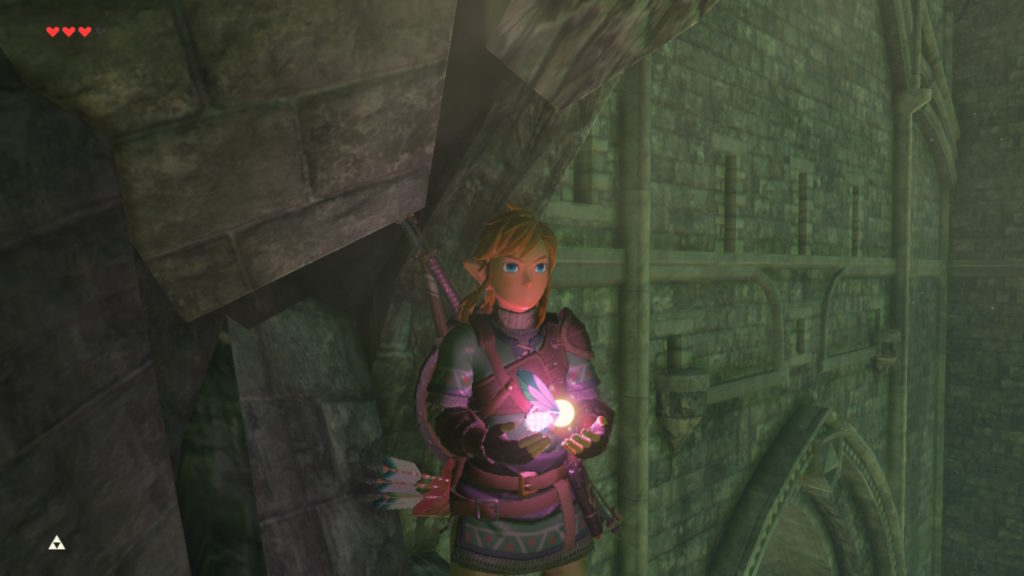
Youtuber Jasper has made a 35 minute video about why, if Link stands in a specific spot in BotW, inside the broken corner of a stone wall, the cel shading usually applied to his model goes away, and he appears with normal light shading. In the way of Youtubers, the explanation is contained within a 35-minute discursive video that goes into the history of game lighting, why some older 3D games have graphics that have aged well while others don’t, the basics of cel shading, and still other topics. Here is that video, embedded:
The whole video is pretty interesting, and if you have the time and interest you should watch the whole thing. However, in the event that this is all tl;dw, allow me to summarize.
- Because Breath of the Wild is both a huge game and has a dynamic world, baking lighting in into textures would consume way too much storage and memory, so lighting has to be done dynamically.
- As an optimization measure, the more complex steps of cel shading are deferred to later in each frame’s rendering. The main rendering is done, then the cel shading is applied afterward, when the visibility of the area has been determined, so this effort-expensive process is only done for visible pixels.
- One of the deferred steps of rendering marks which of nine different kinds of material will be applied to each pixel. Terrain in BotW is not cel shaded, while characters link Link are, so they have different types of material that determine whether that shading is applied to them.
- In the location where Link’s cel shading disappears, there is a decal applied to the crumbling bridge that erroneously extends over the corner, and overwrites Link’s character material type with the terrain material, causing the cel shading not to be applied to him.
Sundry Sunday: Mort Strudel’s Tales of Dwarf Fortress
It doesn’t feel like that long ago that Dwarf Fortress tales were the toast of the internet. They made the viral rounds in a way few things had before, or since for that matter, partly because of the downfall of community sites, especially Something Awful, that had gathered them together. That energy seems to largely gone into social media, and we’re all poorer for it.
But there are people who are still doing Dwarf Fortress stories, and that game is still as wonderfully deep and weird as it has ever been. Youtuber Mort Strudel does video playthroughs, and while he doesn’t release them quickly or often, he is consistent, and his work is interesting.
In particular I’d like to point out the saga of Chantedfins, over three-and-a-half hours of dwarven weirdness in nine videos.
If you’d like to jump to specific chapters, here’s direct links to all nine, with general descriptions of what each contains:
Part 1 (30m), founding, undead siege
Part 2 (31m), underground caverns, necromancy
Part 3 (32m), undead werellama
Part 4 (31m), tantrum, forgotten beasts
Part 5 (31m), the Observatory
Part 6 (15m), the Cursed Year
Part 7 (16m), forays against the goblins
Part 8 (14m), the mayor’s backstory
Part 9 (14m), the new age
Josh’s Favorite Games of 2022 – Action Games
I’m doing my best of 2022 series over on Game-Wisdom and I’ll be posting the videos over here, starting with my favorite action games.

Owner of Game Wisdom with more than a decade of experience writing and talking about game design and the industry. I’m also the author of the “Game Design Deep Dive” series and “20 Essential Games to Study”
Josh’s Favorite Games of 2022:Adventure
It’s time to talk about my favorite games that made me ponder while I was pointing (and clicking).
Honorable Mention Sucker For Love
I’m pretty sure everyone forgot that this game even came out this year. What started as a project for a Dread X Collection, transformed into its own visual/novel meets adventure game. The premise alone is enough to turn heads — as you try to romance three very eligible women who just so happen to be elder gods who can tear apart the fabric of reality.
This is a game that fully commits to its premise, and while it’s not the hardest game in the genre, the complete package stands out as one of the most strangely charming games I’ve played. I don’t know if we’ll get a sequel to it, but it’s an overall great title.
#3 Lucy Dreaming
Lucy Dreaming harkens back to the golden age of Lucasarts-styled adventure games, with its own verb list and wacky logic. Combining the waking and dream world sections did lead to some interesting puzzles. While it can be on the harder side due to its structure and logic, it is definitely a must-play for any fan of old-school adventure games.
#2: The Excavation of Hob’s Barrow
Adventure games oftentimes either land on the side of challenging puzzles or focus more on the story and mood. With the Excavation of Hob’s Barrow, we have one that does both — a gothic horror point and click adventure with some very striking cutscenes. The game, at times, feels like an episode to one of the many anthology horror shows in the past, as the player explores a mysterious village, has creepy visions and dreams, all leading up to the surprising ending. The puzzle difficulty stays on the easier side until the very end, with the final chapter being the most puzzle-filled out of anything else.
I really like the charm and the story of this one, with the world feeling both familiar and alien at the same time. If you slept on this one, and in the mood for a mysterious adventure, then don’t miss this game.
#1: Brok the Investigator
Brok the Investigator manages to combine beat-em-up gameplay with point and click adventuring and puzzle solving to deliver one of the most original takes on the adventure genre. You are free to approach your problems by using your brain or your fists, with the story and ending changing based on your process.
The story itself is also very well done, and despite featuring a goofy talking alligator, there is a lot of heart to this game. Brok is trying to do right by his adoptive son, earn a living, and the push and pull between doing the right thing, and to keep going is an interesting one. This is one of those games I know a lot of people slept on, but this one gets my recommendation as a game worth playing.

Owner of Game Wisdom with more than a decade of experience writing and talking about game design and the industry. I’m also the author of the “Game Design Deep Dive” series and “20 Essential Games to Study”
The Castlevaia Scroll Glitch
Castlevania is an old and much-examined game, but its world records have been moving again lately, due to the use of a very interesting glitch that takes advantage of the way it updates its screen in the invisible area outside the display’s area. The above video demonstrates this to remove a lengthy walking section from the fifth “block” of the game, and explains how it was done too. What follows is a text re-explanation of some of it.
Most NES games don’t update the display all at once, but take advantage of the fact that the system has a whole screen’s worth of area outside of the visible region to draw tiles into before they become visible. The NES doesn’t allow direct writing to PPU memory, so there’s only a small window of time in each frame in which screen tiles can be changed anyway.
Castlevania uses a system where, on specific frames, a block is drawn on the side of the screen the player is moving towards, in sequence, starting from the top and moving down on successive frames. It does this seven times, and repeatedly, for each column of tiles the player is moving towards.
However, it doesn’t reset the vertical column progress if the player changes direction! If the player instead moves backwards a small amount at a specific place, it’ll update the column on the other side of the screen instead, leaving the old data in the column the player had been moving towards.
Since multiple redundant passes are made, the player has to do this two or three times as they progress. It’s exacting, but if done correctly, they can cause arbitrary blocks of tiles to be left on-screen from whatever had been in video memory before.
When the player’s character climbs stairs, the game watches for ground tiles as a signal to exit climbing mode and resume walking. If there is no ground there, because it was never drawn there because of this glitch, then the character will continue climbing, up through the air, even through screen transitions, even through floors, until they reach the next bit of ground they can stand on.
Here’s the Reddit post that marked the first time this glitch was done in a non-TAS record. And here’s a Youtube video demonstrating its use in the last level to remove the wall that requires the player to descend into bird-and-fleaman hell before reaching the final door.
It’s Zelda Day! (What is Zelda Day?)
Back in 2010, over on Metafilter, three posts on The Legend of Zelda went up on the same day, on the day after Christmas, December 26th. Since then, I’ve tried to commemorate the event by making a post there about The Legend of Zelda each year. I typically tag these posts with “zeldaday,” to make them easier to find.
Since we have Set Side B now, I figured I’d crosspost the main content of this year’s Zelda Day post here as well. Here it is!
GameSpot has a long series of interesting discoveries of The Legend of Zelda: Breath of the Wild:
48 things you still didn’t know – 21 more – 31 more than that – 29 on top of those – and then still 28 more – and 30 additional – followed by another 33 – and then 27 – after that 25 – then, 26 – and 19 – and 20 – and 22 – and 18 – and 23 – and another 24 – and then, 16 – then ANOTHER 16 – then 12 – then 15, and then, finally 14 — as of this writing, that is. That’s 497 things in all, over nearly three hours! Here’s their playlist with the whole series.
The Youtube channel Looygi Bros. has done a couple of similar series, covering Ocarina of Time and Majora’s Mask:
15 cool things about Ocarina of Time – 10 more – then 13 – then another 13 – then 19 – then 7 – then 11 – then 11 more – then 10 after that – then 10 – and then 13. Then, later, another 10, another 8, yet another 10, and then 9, and 9, and 8, and at last another 8.
But there’s more, on Majora’s Mask! 11 cool things about Majora’s Mask – and then 10 – and then 9 – and then another 10 – then yet another 10 – and another 10 again – and another 10 once more – and 9 – and 7 – and 7 again – then 6, then 15, then 7, then 10, and then finally 7.
And now, a new series has started on the Wind Waker, with one video so far and 12 facts. Here is a playlist with all of them. All together, I count that’s 841 facts of Zelda esoterica to watch. I figure that’ll keep you going until Zelda Day 2023!

